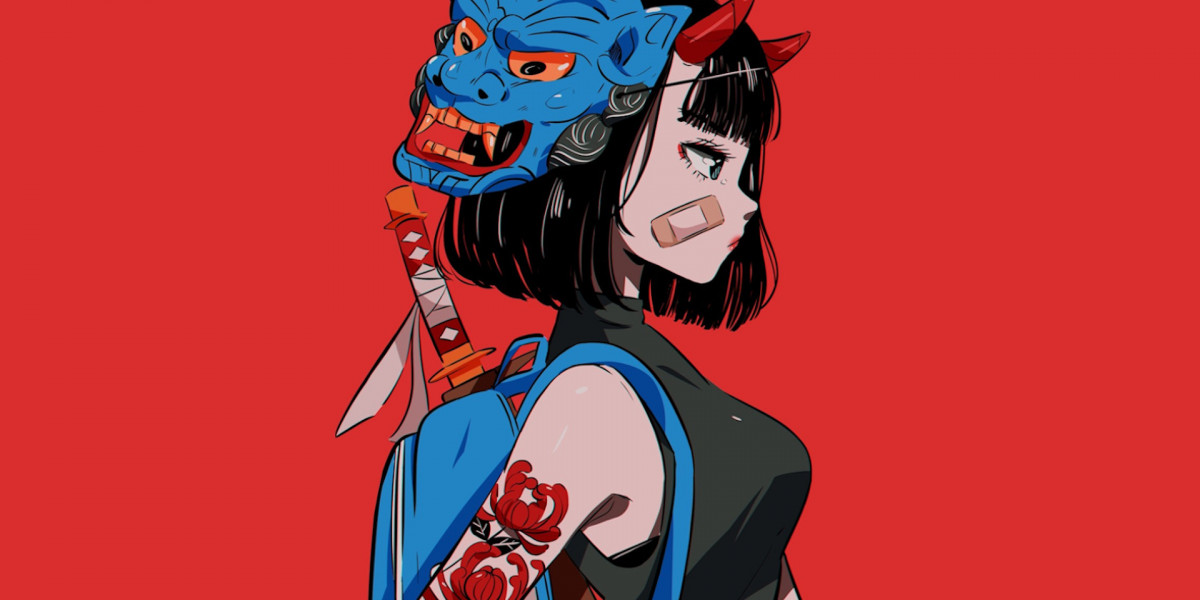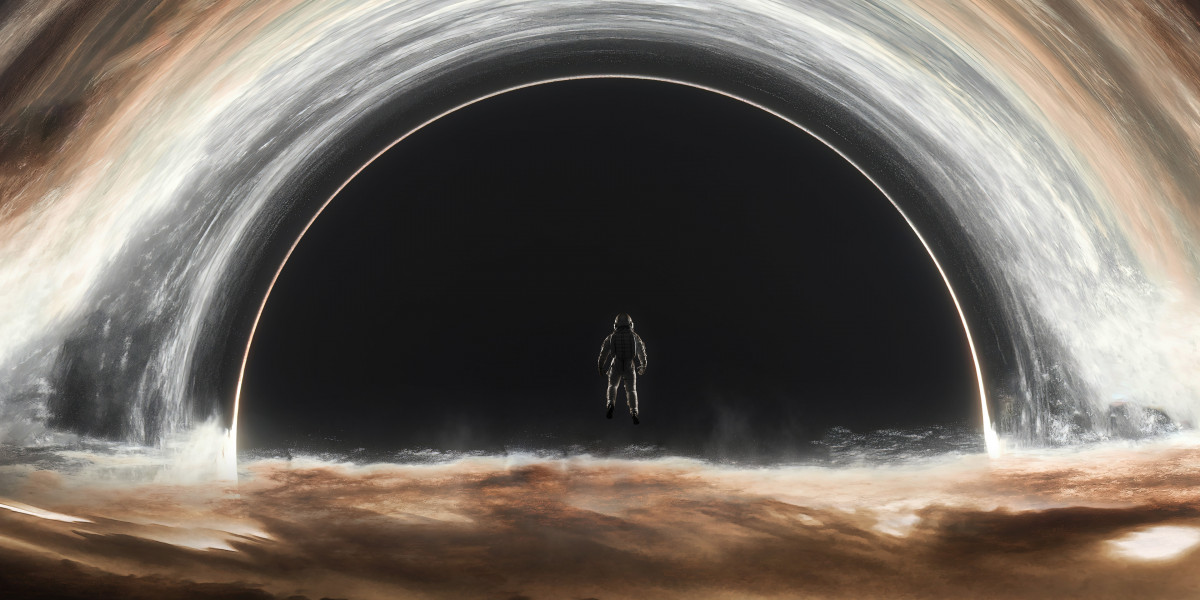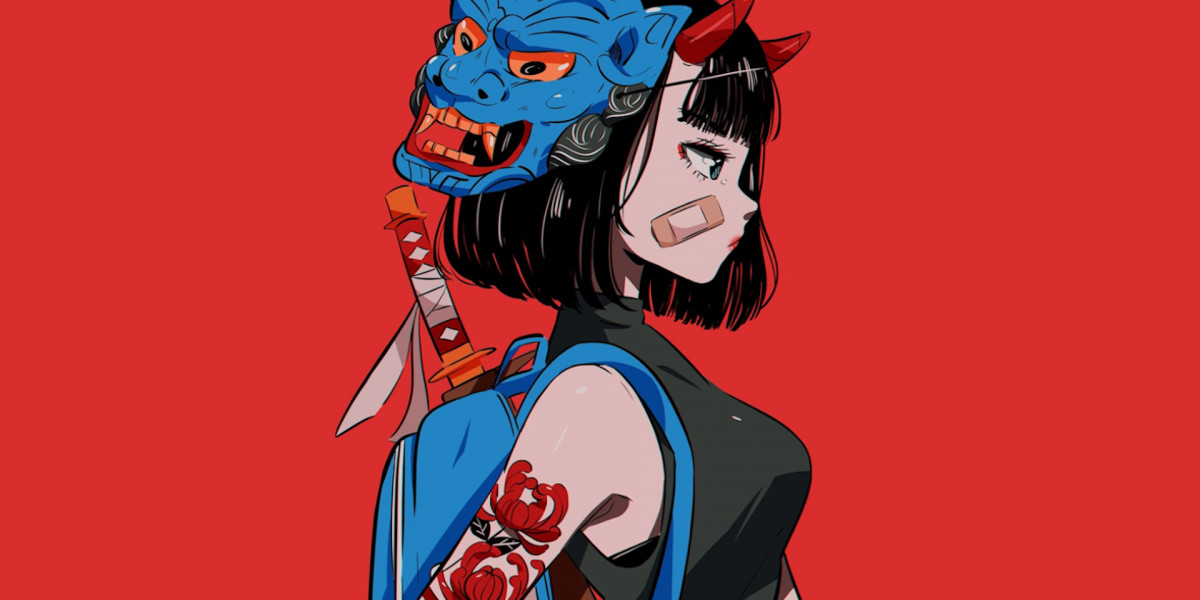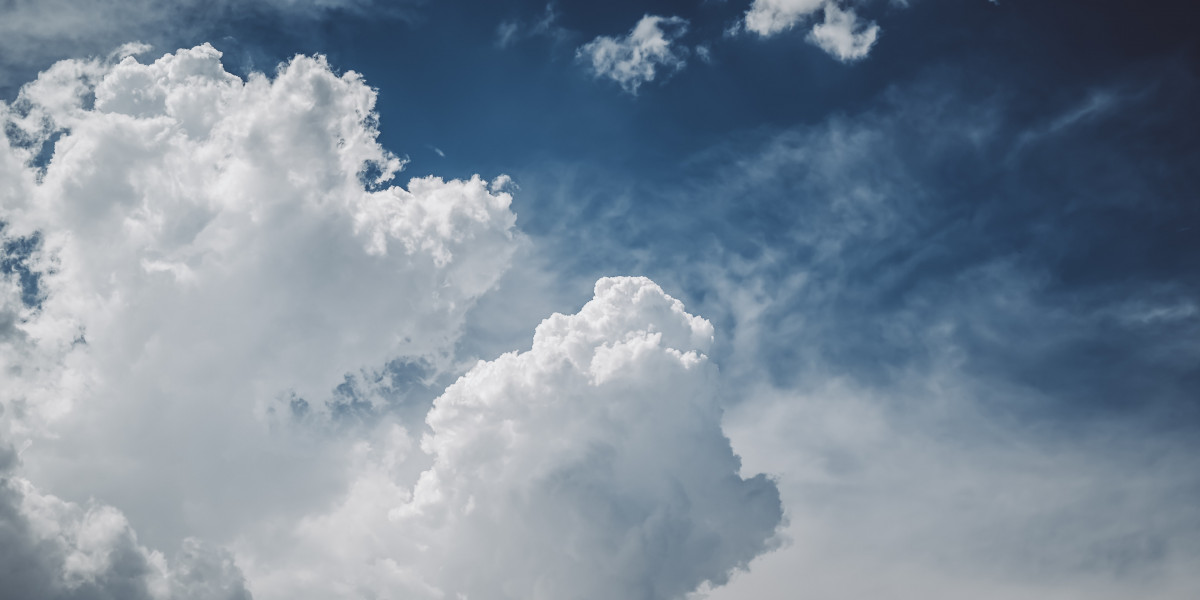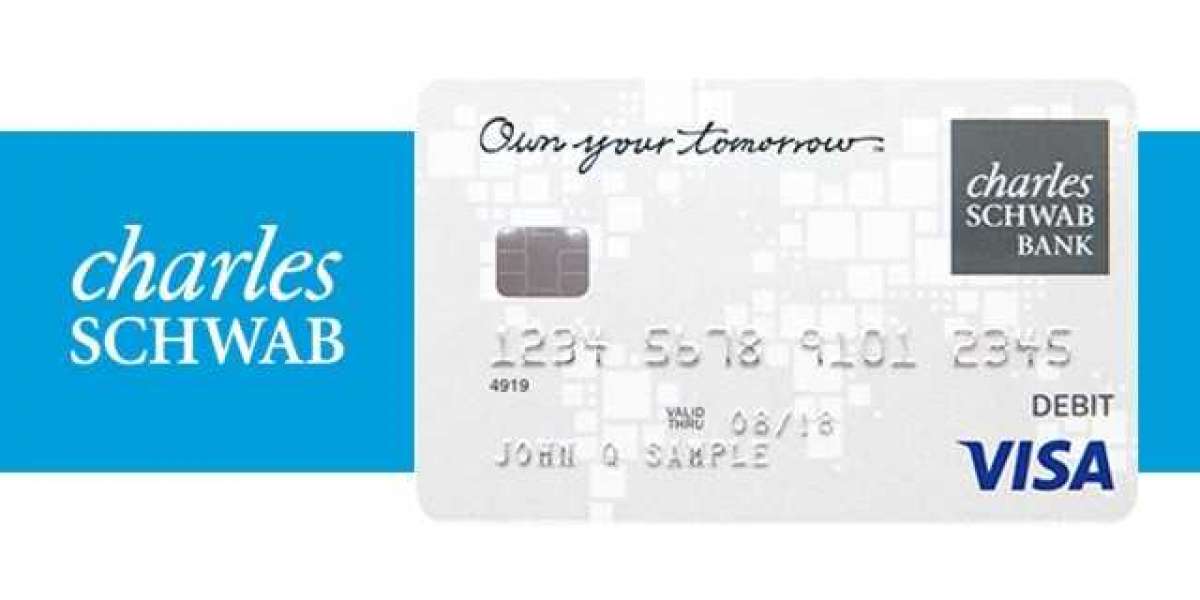Unlock the Magic of Studio Lights: Discover Their Types and Transform Your Creative Journey!
In the world of photography and videography, lighting can make or break a shot. Studio lights are essential tools that help capture stunning images by providing the perfect illumination. Whether you're shooting portraits, products, or creative projects, the significance of proper lighting cannot be overstated. With the right studio lights, you can transform an ordinary scene into a breathtaking visual experience. This article explores the various types of studio lights and their uses, offering insights into how each type can elevate your creative journey.
Understanding Studio Lights
Studio lights are artificial light sources specifically designed for photography and videography. They help enhance visual content by illuminating subjects in a controlled manner, allowing photographers and videographers to manipulate light to achieve their desired aesthetic. The technical aspects of studio lights involve their ability to produce consistent and adjustable light output, which is crucial for achieving the right exposure and mood. For instance, when I first started experimenting with studio lights, I quickly learned how crucial it is to understand concepts like color temperature and light intensity. By mastering these elements, I was able to create images with depth and vibrancy that truly reflected my artistic vision.
Types of Studio Lights
There are several types of studio lights available to creative professionals, each with unique characteristics and applications. The three most common types are continuous lights, strobes, and LED lights. Continuous lights provide a steady light source, making it easy to see how the light interacts with the subject. Strobe lights offer bursts of high-intensity light, ideal for freezing motion and capturing sharp images. LED lights have gained popularity for their energy efficiency and versatility, making them a favorite among modern creators. Understanding these types can help you choose the right lighting for your projects.
Continuous Lights
Continuous lights are a staple in many studios due to their straightforward operation. These lights shine continuously, allowing photographers and videographers to see how the light affects the scene in real-time. Their main advantages include ease of use and the ability to adjust lighting on the fly. Continuous lights are especially beneficial for video productions where consistent lighting is crucial, as my friend learned during her first short film shoot. She found that being able to see the light's effect as she adjusted angles and intensity made a significant difference in her final product.
Strobe Lights
Strobe lights, or flash lights, are designed to emit a quick, intense burst of light, making them ideal for freezing fast motion, such as in sports photography or capturing dynamic portraits. The benefits of using strobe lights include the ability to control the duration and intensity of the light, which can create dramatic effects. They are often preferred over continuous lights in scenarios where lighting conditions need to be rapidly adjusted or when shooting in bright environments. I recall a workshop I attended where a photographer demonstrated the stunning visuals achievable with strobes, showcasing how they could transform a simple concept into an extraordinary image.
LED Lights
LED lights have rapidly become a go-to option in the creative industry, thanks to their energy efficiency, longevity, and versatility. They produce less heat compared to traditional lights, making them safer and more comfortable to work with during long shoots. Additionally, many LED lights come with adjustable color temperatures, allowing creators to customize their lighting conditions easily. I remember a colleague who switched to LED lights and was thrilled with the results—his workflow improved significantly as he could achieve the desired lighting effects without worrying about overheating equipment.
Benefits of Using Studio Lights
The advantages of using studio lights extend far beyond mere illumination. One of the primary benefits is the significant improvement in image quality. Proper lighting allows for better color accuracy, contrast, and detail, making your images look professional and polished. Moreover, studio lights offer creative control over lighting conditions, enabling photographers and videographers to set the mood and atmosphere they desire. Whether you want a dramatic, high-contrast look or a soft, diffused glow, studio lights allow you to experiment and achieve your creative vision. From my own experience, mastering studio lighting has opened up countless possibilities for artistic expression, allowing me to create visuals that resonate with my audience.
Harnessing the Power of Studio Lighting
In summary, studio lights are an integral part of the photography and videography process, offering various types and benefits that can enhance your creative projects. Understanding the differences between continuous lights, strobes, and LED lights can empower you to make informed choices that elevate your work. As you explore different lighting options, remember the transformative power of studio lights in your creative journey. Embrace the magic of lighting, and watch as your projects come to life in ways you never thought possible.
